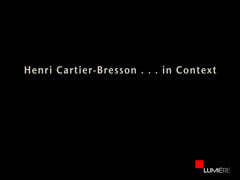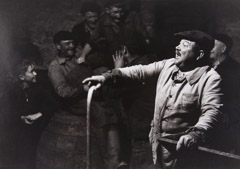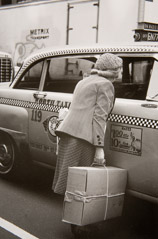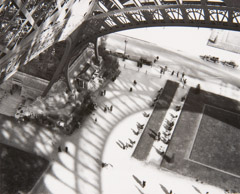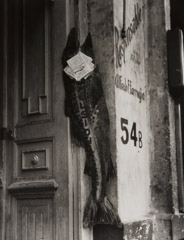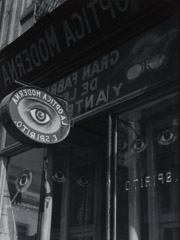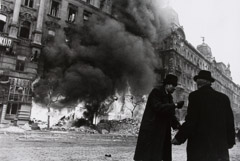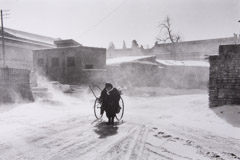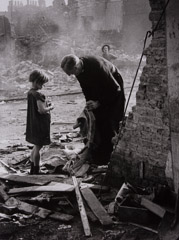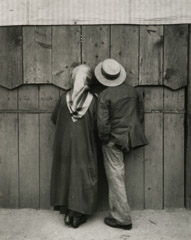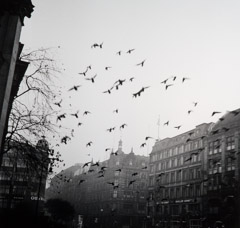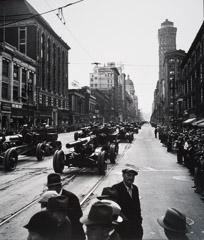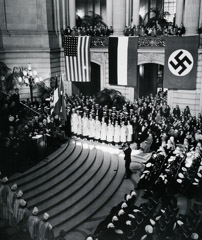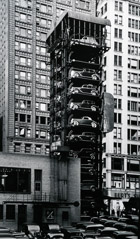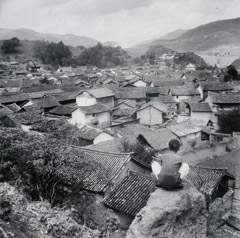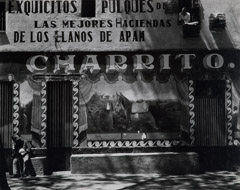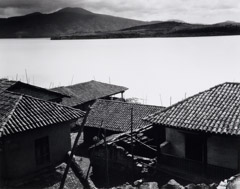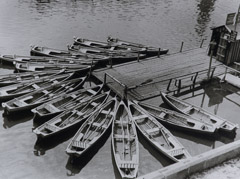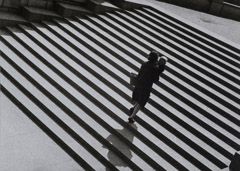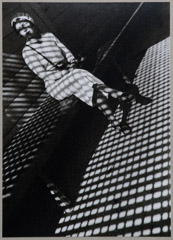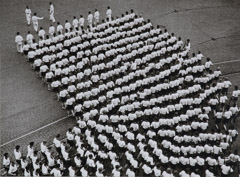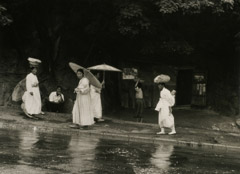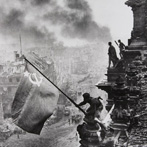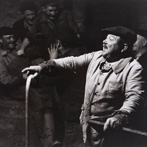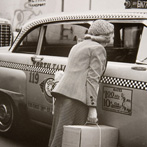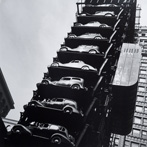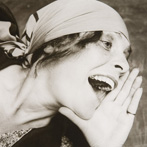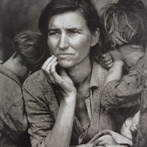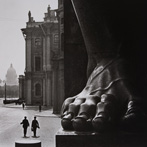Cartier-Bresson . . . . . in Context
Exhibition features eight master photographers of the twentieth century
whose work overlapped and add context to the career of Henri Cartier-Bresson.
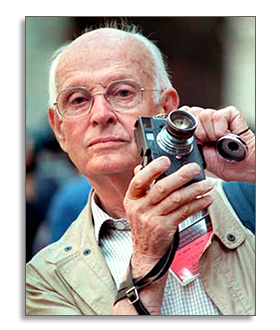
This exhibition complemented the MoMA (Museum of Modern Art, NYC) major retrospective: Henri Cartier-Bresson, The Modern Century, exhibited at the High Museum of Art (Feb-May 2011). The images are selected from the Lumière collection. They feature 8 master photographers of the twentieth century whose work overlapped the career of Henri Cartier-Bresson.
André Kértesz (1894 – 1985) Hungarian-born photographer known for his ground breaking contributions to photographic composition and the photo essay. While working in Paris, his then-unorthodox camera angles and style prevented his work from gaining wider recognition. Today, he is considered one of the seminal figures of photography.
Yevgeny Khaldei (1917 – 1997) Witness to numerous pivotal moments in history. Best known for his photographs during World War II and the Nuremberg Trials. Khaldei worked with TASS until 1949 and Pravda from 1959 – 1970. His most recognized image, Flag Over The Reichstag, was taken when the Soviet Army marched on Berlin in 1945.
Bert Hardy (1913 – 1995) Recruited by the editor Tom Hopkinson of England’s leading picture publication of the 1930s and 1940s, Picture Post. Hardy, like Cartier-Bresson, used a Leica – unconventional for press photographers at that time. He went on to become the Post’s Chief Photographer, during the pinnacle of the picture magazine format.
Helen Levitt (1913 – 2009) Noted for “street photography” around New York City. Throughout her long career, Levitt’s photographs have consistently reflected her poetic vision and humor as much as they have honestly portrayed her subjects—men, women, and children on the streets and among the tenements of New York.
John Gutmann (1905 – 1998) Raised and educated in Germany as a painter in the Die Brücke movement. Fleeing Nazi Germany, Gutmann immigrated to the US in 1933, viewing America with “fresh eyes.” He saw optimism and humor even in the depression and war years. Gutmann initially made his living photographing for European picture magazines. He continued to photograph while teaching art at the university level until his retirement.
Alexander Rodchenko (1891 – 1956) One of the most influential artists of the 20th century, in both graphic design and photography. His images were socially engaged, formally innovative, and opposed to a painterly aesthetic. Concerned with the need for analytical-documentary photo-series, he often shot his subjects from different angles—usually high above or below—to shock the viewer and to postpone recognition.
Dorothea Lange (1895 – 1965) Many of the century’s most iconic images were captured by Lange. Her images from Japan reflect the diversity of her work beyond America and well after the Depression era that she is known for. Her work combines a sense for the camera with empathy for the subject. “The human face,” she said “is the universal language.”
Boris Ignatovich (1899 – 1976) Working first as a journalist and a newspaper editor, he took up photography in 1923. His work appeared in publications such as, Bednota (Poverty), Krasnaia Niva (Red Field) and Ogonek. He was greatly influenced by Alexander Rodchenko’s style. In the 1930s, he made several documentary films.

